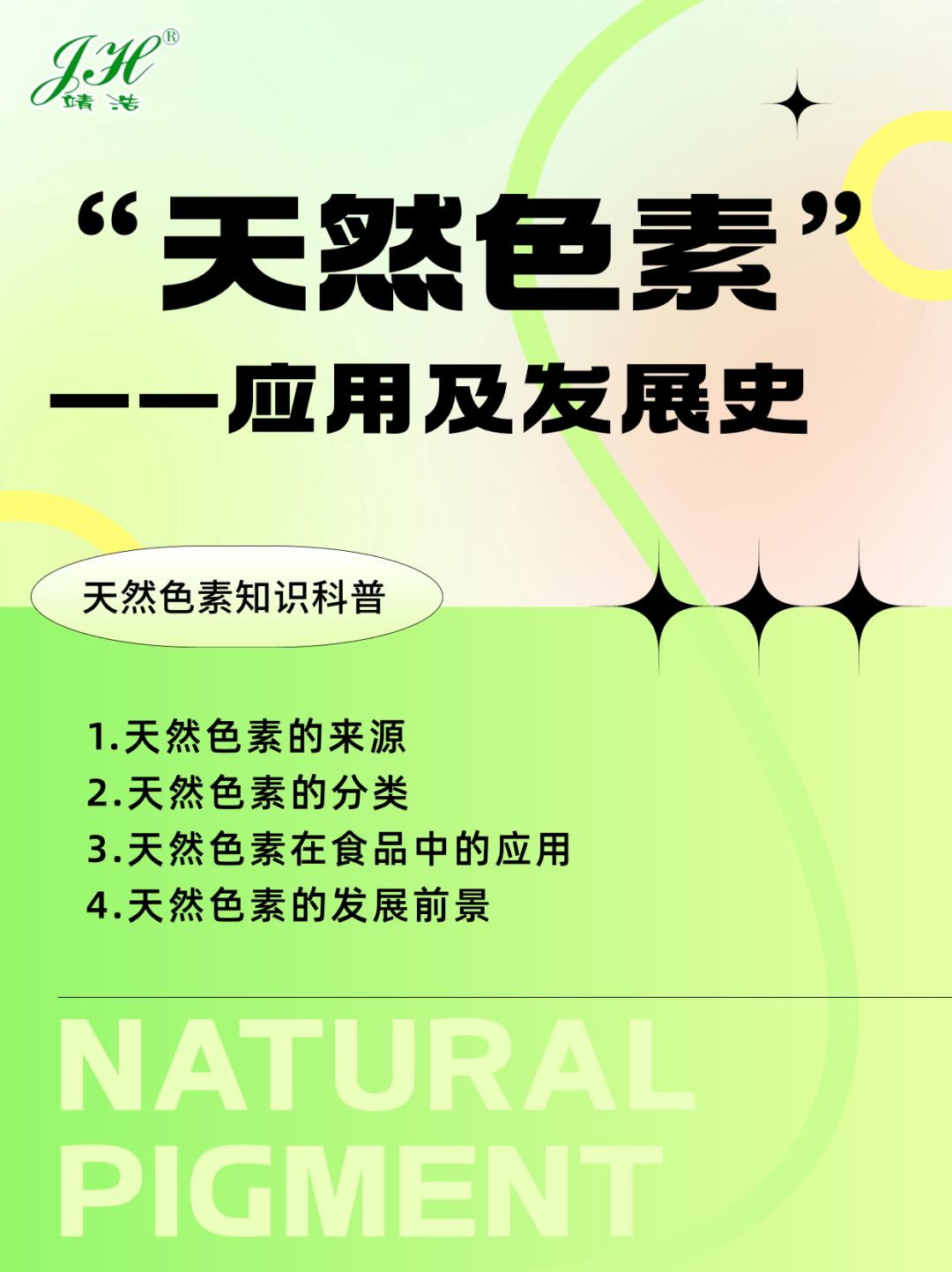
The history of food additives use in China can be traced back to the Dawenkou cultural period 6000 years ago. At that time, the invertase (sucrase) in brewing yeast was a food additive and belonged to food enzyme preparations. More than 2000 years ago, there was a "brine" used in making tofu, which actually is also a food additive, a food coagulant. The alkali (acidity regulator) added to steamed bread is also a food additive.
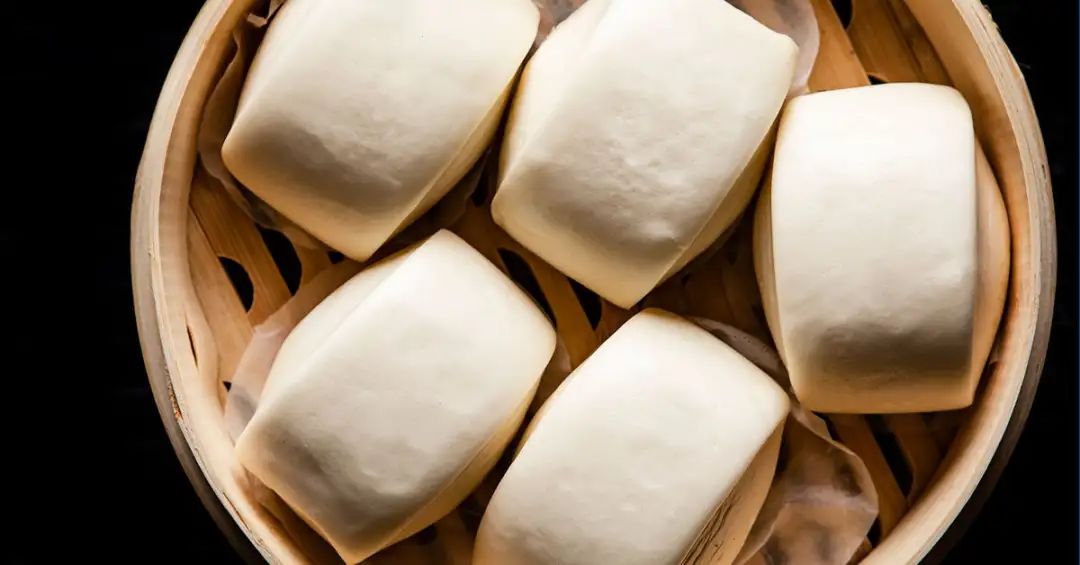
Why add food additives to food? Cao Yanping, a professor of Food and Health school,Beijing Industry and Commerce University, explained that the role of food additives mainly has the following aspects
01Maintain or improve the nutritional value of food itself
02As a necessary ingredient or component in some special foods
03enhance the quality and stability of food and improve the sensory properties of food
04Convenient for food production, processing, packaging, transportation or storage
As one of the food additives, natural pigments can optimize the color of food and solve the problem that natural foods are prone to fading or discoloration during processing and storage.
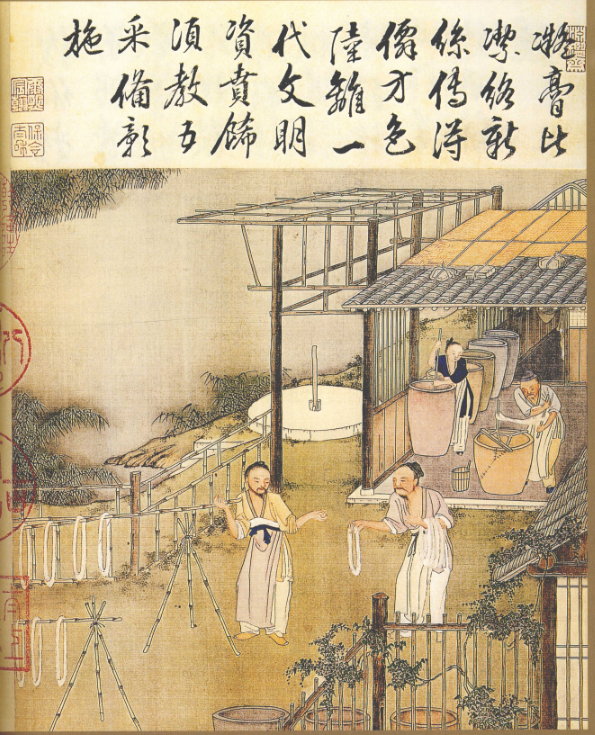
In ancient times, people began to use natural pigments to improve the sense of food very early. "Shiji, Huozhi zhuan" and "Qi Min Yaoshu" both recorded the extraction and use of natural pigments by people in the East Zhou Dynasty and the North Song Dynasty. In 1959, archaeologists discovered dyed silk threads from Yin Dynasty tombs in Yukou, Henan province of King Anyang. This shows that at least 3,000 years ago during the Yin Dynasty, people were already able to dye. At that time, people used natural dyes, mainly using the juice of plants, and some also used the blood of insects. For thousands of years, our people have been widely using vegetable dyes. A lot of experience has been accumulated, such as turmeric can be extracted from yellow ginger juice, carmine cochineal can be extracted from cochineal, hematoxylin pigment can be extracted from hematoxylin and so on.

Natural pigments, also known as natural dyes, are abundant in resources and diverse in variety. There are over 600 types of carotenoids at present. According to the implementation guidelines of GB2760 "National Food Safety Standard For Food Additives Use," there are 67 types of pigments that can be added to food in China, with only 11 being synthetic pigments. In 1960, the United States allowed the use of 35 synthetic pigments, but today only nine are permitted. Japan currently permits the use of only 12 synthetic pigments.
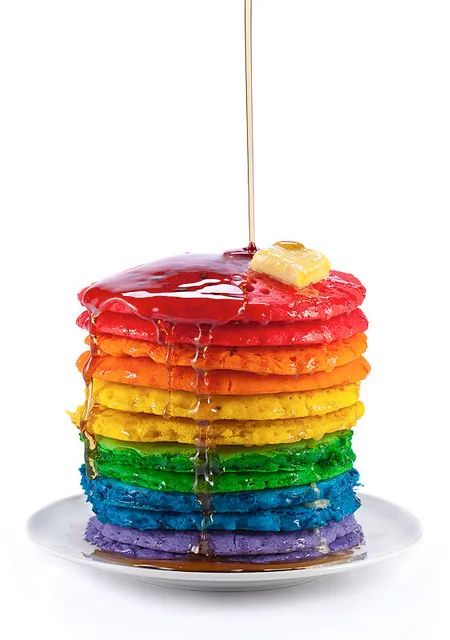
Classification of natural pigments
The term "natural pigment" encompasses color substances derived from nature in a broad sense, while in a narrow sense it specifically refers to pigments extracted from animals, plant tissues, microorganisms, or microbial metabolites. Different extraction methods commonly used for natural pigments include ultrasonic assisted extraction, solvent extraction, supercritical CO2 extraction, and chromatography. Natural pigments can be categorized into plant pigments, animal pigments, and microbial pigments based on their sources. Furthermore, they can be classified into porphyrin derivatives, isoprene derivatives, polyphenol derivatives, ketone derivatives, quinone derivatives as well as six other categories according to their chemical structure. Additionally,they can also be distinguished based on the color system:
Orange-yellow series:natural carotene,β-carotene,Turmeric,Gardenia yellow,Lutein,Monascus yellow pigment,Carthamins yellow,Annatto extract,etc.
Red series:Sorghum red,Radish red,Beet red, Lac red,Red rice red,Monascus red,Carmine Cochineal,Purple sweet potato color,etc.
Green series:sodium copper chlorophyllin,etc.
Blue series:Gardenia blue,spirulina blue etc.
Black series:Carbon black,etc.
Brown series:Cocao husk pigment,etc.
Application of natural pigment in food
Natural pigments are employed as food colorants, frequently utilized in soy sauce, vinegar and other flavor enhancers, along with candy, wine, beverages, ice cream, soy milk products, cooked meat products, jelly, baked goods, etc., or for the further processing of fruits and vegetables. Candy requires aesthetic icing, and wine and beverages need vivid colors to attract customers. To showcase the color, most of these products are stored in transparent containers, thereby demanding the use of natural pigments that are stable against light, oxidation and water-soluble.
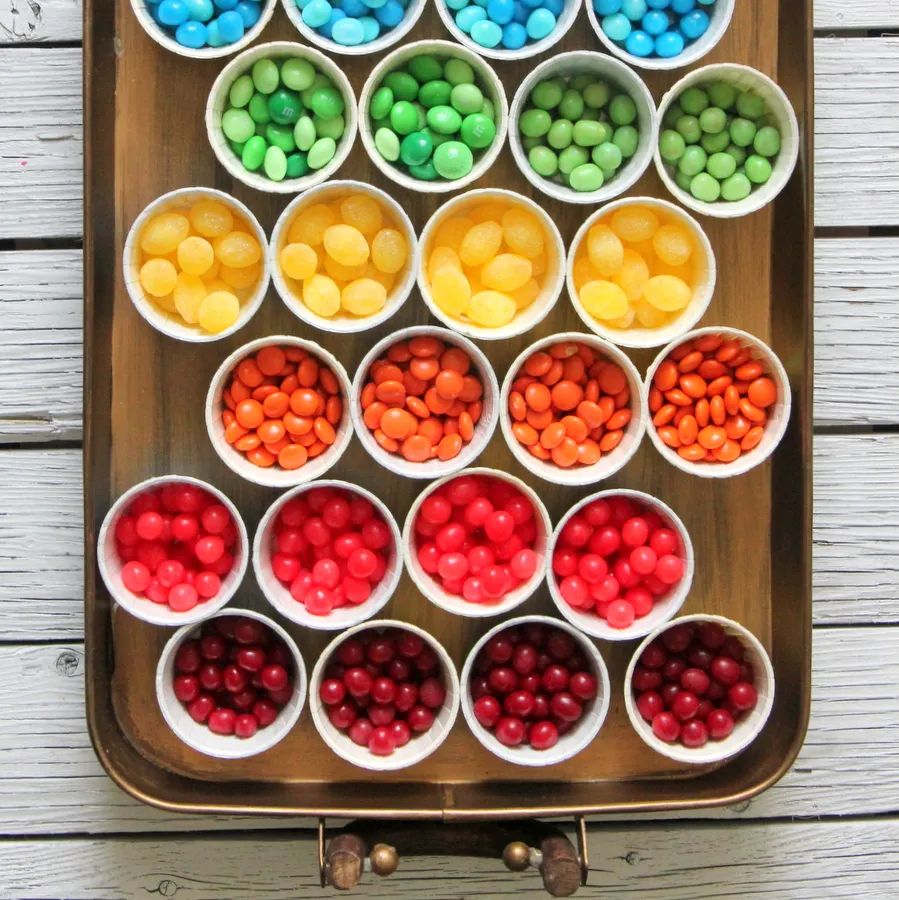
The milk protein present in dairy products can combine with the oil-soluble pigments, being stable. Thus, the natural pigments of carotenoids are ideally suitable for use in cream and margarine.

Cooked meat products like canned fish and canned beef, in order to preserve the original color of the hemoglobin present in the canned food, natural pigments like paprika red, beet red, and comgrass red are typically employed as substitutes for nitrite.
When vegetables and fruits are processed into related by-products, the original color gets lost due to processes like high temperature, drying, and dehydration, and natural pigments derived from plants such as sodium copper chlorophyll, paprika red, and turmeric, etc., are applied to maintain the original color.
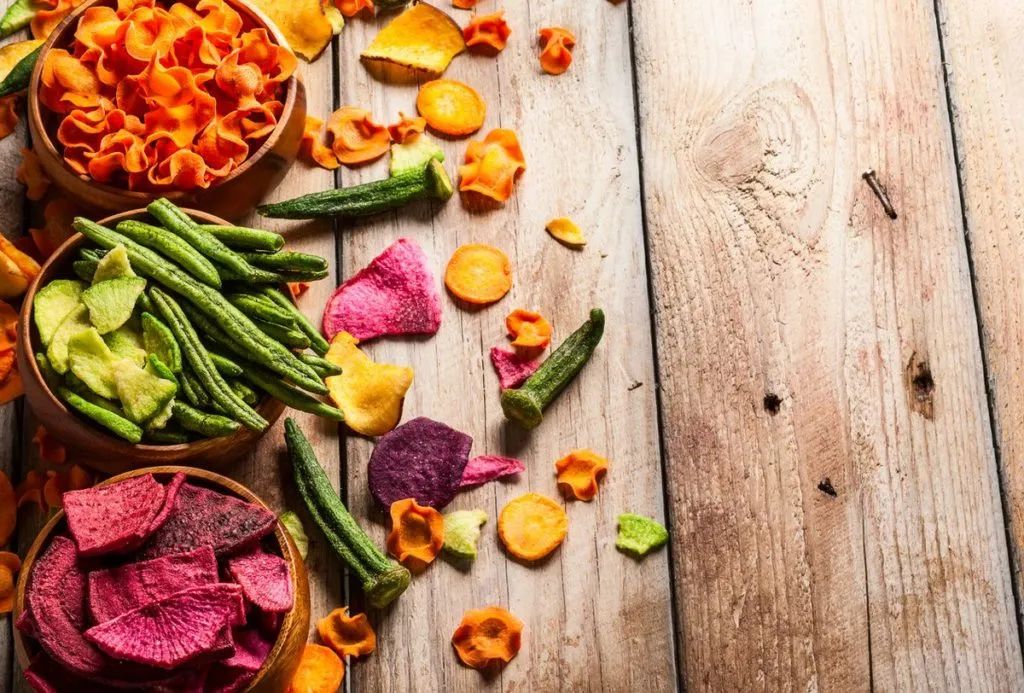
The development prospect of natural pigment
According to the survey data, the global natural food coloring market scale amounted to $1.54 billion in 2021, and is projected to grow at a compound annual growth rate of 7.4%. The global market size is expected to reach $2.89 billion by 2030. According to Reportlinker's data, China accounted for more than 50% of the market share in the Asia-Pacific region in 2020. Domestic consumers' application and perception of natural pigments have become increasingly prominent.
The current "National Food Safety Standard for Food Additives Use" (GB 2760-2014) stipulates the principles of the use of food additives, the permitted varieties of food additives, the scope of use and the maximum amount of use. Food additives used in strict accordance with the provisions are safe. In order to ensure the safe and standardized use of food additives, China has established a strict approval system for the use of food additives. Only food additives that are technically necessary and proven to be safe and reliable through risk assessment can be included in the scope of permitted use. The permitted food categories and the amount of each food additive allowed to be used are clearly specified. For the specific scope and maximum usage, please scan the QR code below to enter the query page.

For the food industry, making food more nutritious, more reliable, more delicious, and more visually appealing simultaneously is the common goal of the entire food processing industry. Zhuhai Jinghao Bio-tech Co., Ltd. will provide high-quality and high-safety products in accordance with market demand and open up a broader new market for natural pigments!




Hot search label:
Carbon black、 Gardenia yellow、 Curcuma longa、 Natural carotene、 Tripotassium glycyrrhizinate、 Carmine、 Compound colorant、 Complex customizationZhuhai Jinghao Biological-tech Co., Ltd 粤ICP备20042151号